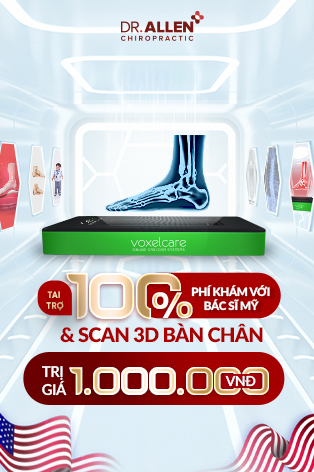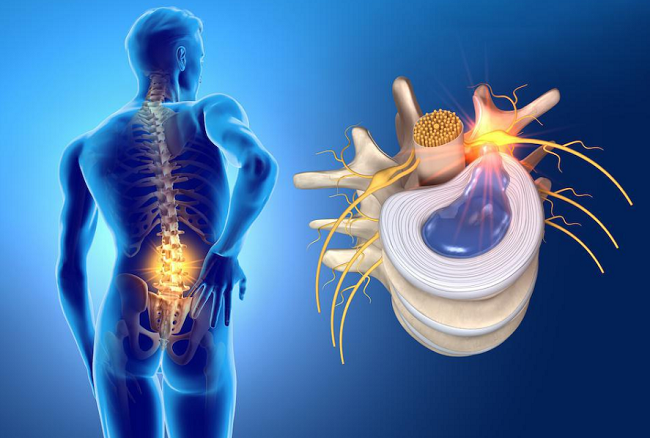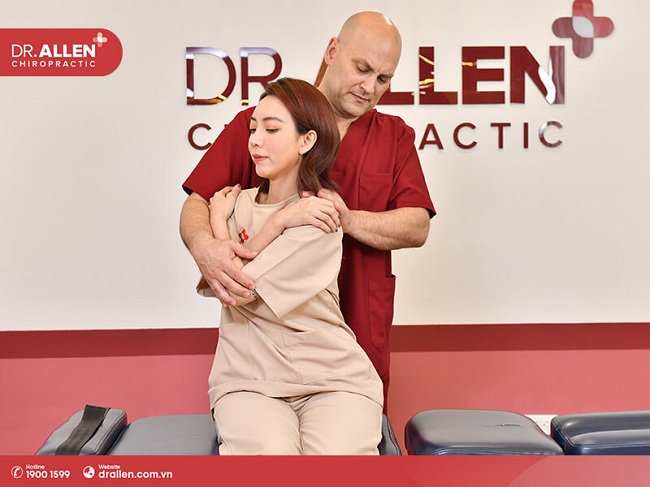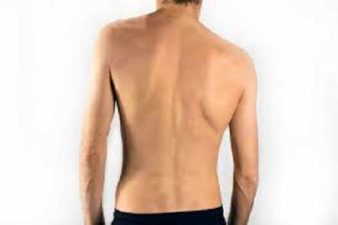Back pain can be attributed to various spinal conditions, and it is essential to understand the differences between them to ensure proper diagnosis and treatment. This article will discuss the distinctions between slipped discs, herniated discs, and other related spinal conditions, including degenerative disc disease, protrusion vs. extrusion, piriformis syndrome, ruptured discs, scoliosis, and SI joint pain.
Difference Between Slipped Disc and Herniated Disc
The terms “slipped disc” and “herniated disc” are often used interchangeably, but they refer to the same condition. A slipped or herniated disc occurs when the outer layer of a spinal disc tears, allowing the inner, gel-like material to bulge or leak out. This can put pressure on nearby nerves, leading to pain, numbness, and weakness in the affected area.
Herniated Disc vs. Degenerative Disc Disease
While a herniated disc is caused by a tear in the disc’s outer layer, degenerative disc disease (DDD) is a chronic condition characterized by the gradual wear and tear of spinal discs over time. DDD can lead to the loss of disc height, reduced cushioning between vertebrae, and the development of bone spurs. Both conditions can cause similar symptoms, but their underlying causes and treatments may differ.
Herniated Disc: Protrusion vs. Extrusion
Herniated discs can be further classified into two types: protrusion and extrusion.
- Protrusion: A disc protrusion occurs when the inner material of a disc bulges but remains contained within the outer layer. This is considered a milder form of herniation and may cause mild to moderate symptoms.
- Extrusion: A disc extrusion is a more severe form of herniation, where the inner material has broken through the outer layer and can potentially compress nearby nerves more significantly. This typically results in more severe symptoms and may require more aggressive treatment.
Piriformis Syndrome vs. Herniated Disc
Piriformis syndrome is a neuromuscular condition caused by the compression of the sciatic nerve by the piriformis muscle, which is located in the buttock region. The symptoms of piriformis syndrome, such as pain, numbness, and tingling in the buttocks and legs, can be similar to those of a herniated disc. However, the underlying cause and treatment options differ, making it crucial to obtain an accurate diagnosis from a healthcare professional.
Herniated vs. Ruptured Disc
A ruptured disc is a more severe form of a herniated disc, in which the inner material completely breaks through the outer layer and leaks into the spinal canal. This can lead to significant nerve compression, causing more severe symptoms and potentially requiring surgical intervention.
Scoliosis and Herniated Disc
Scoliosis is a spinal condition characterized by an abnormal curvature of the spine. While scoliosis can cause back pain and discomfort, it is a separate condition from a herniated disc. However, individuals with scoliosis may be at a higher risk of developing herniated discs due to the uneven distribution of pressure on their spinal discs.
SI Joint Pain vs. Herniated Disc
Sacroiliac (SI) joint pain occurs when there is inflammation or dysfunction in the joints connecting the sacrum (the triangular bone at the base of the spine) to the pelvis. While SI joint pain can cause lower back pain similar to a herniated disc, the underlying cause and treatment options differ.
Conclusion
Understanding the differences between slipped discs, herniated discs, and other related spinal conditions is crucial for proper diagnosis and treatment. Consulting with a healthcare professional is essential to accurately identify the underlying cause of your back pain and develop an appropriate treatment plan. By being informed about these various conditions and their distinctions, you can better communicate your symptoms and concerns with your healthcare provider, ultimately leading to more effective management and relief from your discomfort.











